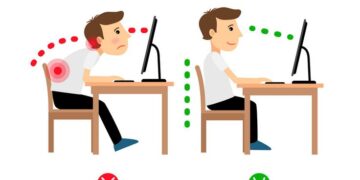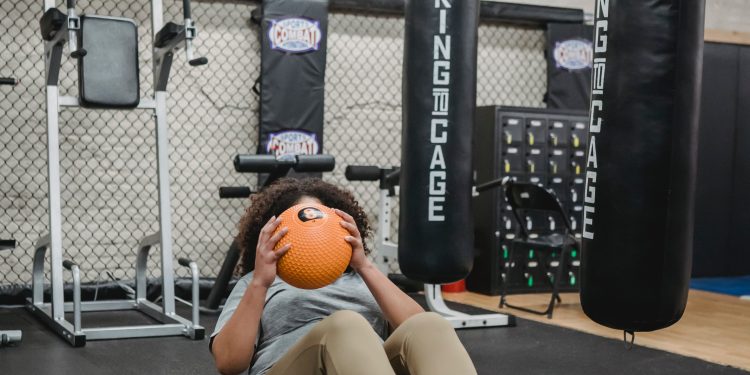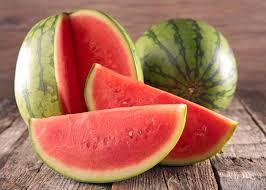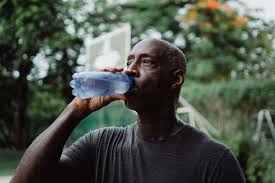Welcome to VivaHealth Magazine’s ultimate guide to Medical Ball Training – a comprehensive resource designed to help you achieve peak physical performance by mastering strength and balance through this versatile and effective exercise technique. Medical ball training has gained popularity in recent years due to its adaptability, making it suitable for individuals of all fitness levels. In this guide, we will explore the benefits of medical ball training, key exercises, safety considerations, and tips to optimize your workout routine. Whether you’re a seasoned fitness enthusiast or a beginner, this article will empower you to take charge of your fitness journey and unlock your true potential.
The Benefits of Medical Ball Training
1. Full-Body Engagement:
Medical ball exercises engage multiple muscle groups simultaneously, creating a full-body workout that targets both major and stabilizing muscles. This integration leads to enhanced functional strength and improved coordination, which are vital for everyday movements and sports performance.
2. Core Stability and Balance:
The instability of the medical ball requires constant engagement of the core muscles to maintain balance during exercises. By incorporating these exercises into your routine, you can develop a stronger, more stable core, reducing the risk of injuries and improving overall balance.
3. Enhances Power and Explosiveness:
Medical ball exercises are dynamic and explosive, allowing you to develop power and speed through rapid movements. This attribute makes them highly beneficial for athletes seeking to improve their performance in sports requiring explosive movements, such as basketball, tennis, and soccer.
Key Medical Ball Exercises
1. Medicine Ball Squat Throws:
Stand with your feet shoulder-width apart, holding the medicine ball at chest level. Perform a squat, and as you ascend, explosively throw the ball upward. Catch the ball and repeat for a set number of reps. This exercise targets your legs, core, and shoulders.
2. Russian Twists:
Sit on the floor with your knees bent and feet lifted off the ground. Hold the medicine ball with both hands and rotate your torso from side to side, touching the ball to the ground on each side. This exercise strengthens your obliques and enhances rotational core strength.
3. Single-Leg Medicine Ball Deadlift:
Stand on one leg while holding the medicine ball with both hands. Hinge at the hips and lower the ball towards the ground while extending your other leg behind you. Return to the starting position and repeat. This exercise improves balance and targets the hamstrings, glutes, and lower back.
Safety Considerations
1. Start Slow and Progress Gradually:
If you are new to medical ball training, begin with lighter weights and simpler exercises to build a solid foundation. As you gain confidence and strength, gradually increase the intensity and complexity of your workouts.
2. Use Proper Form:
Maintaining correct form is crucial to prevent injuries. Focus on maintaining a neutral spine, engaging your core, and using controlled movements throughout each exercise.
3. Choose the Right Weight:
Select a medicine ball weight that challenges you without compromising your form. A general rule is to choose a weight that allows you to perform 10-15 repetitions with proper technique.
Tips for Optimizing Your Workout Routine
1. Incorporate Variety:
Vary your exercises and the intensity of your workouts regularly to avoid plateaus and keep your routine engaging.
2. Warm-Up and Cool Down:
Always warm up your muscles before starting a medical ball workout to reduce the risk of injury. Additionally, cool down and stretch after your session to promote flexibility and recovery.
3. Rest and Recovery:
Give your muscles ample time to recover between workouts. Adequate rest is essential for muscle repair and growth.
Conclusion
Medical ball training is a versatile and effective approach to building strength, improving balance, and enhancing overall athletic performance. By incorporating these exercises into your fitness routine, you can achieve functional fitness that extends beyond the gym. Remember to focus on safety, proper form, and gradual progression to get the most out of your workouts. Whether you’re an athlete looking to boost your sports performance or a fitness enthusiast seeking to challenge yourself, mastering strength and balance through medical ball training will undoubtedly elevate your fitness journey to new heights.































